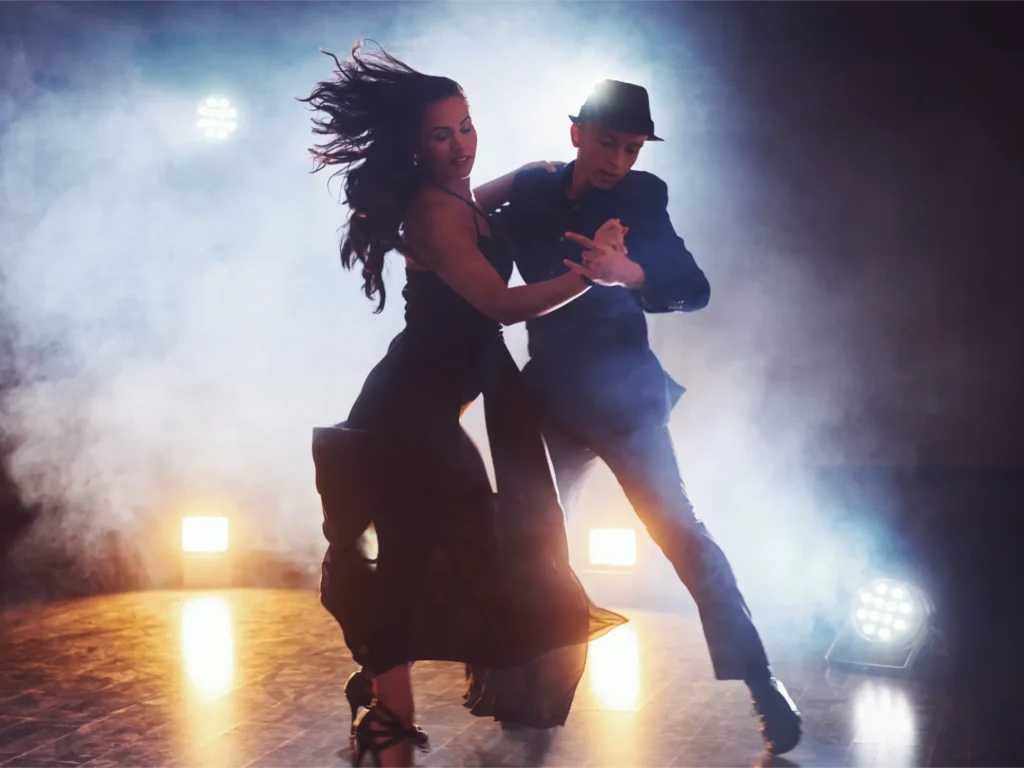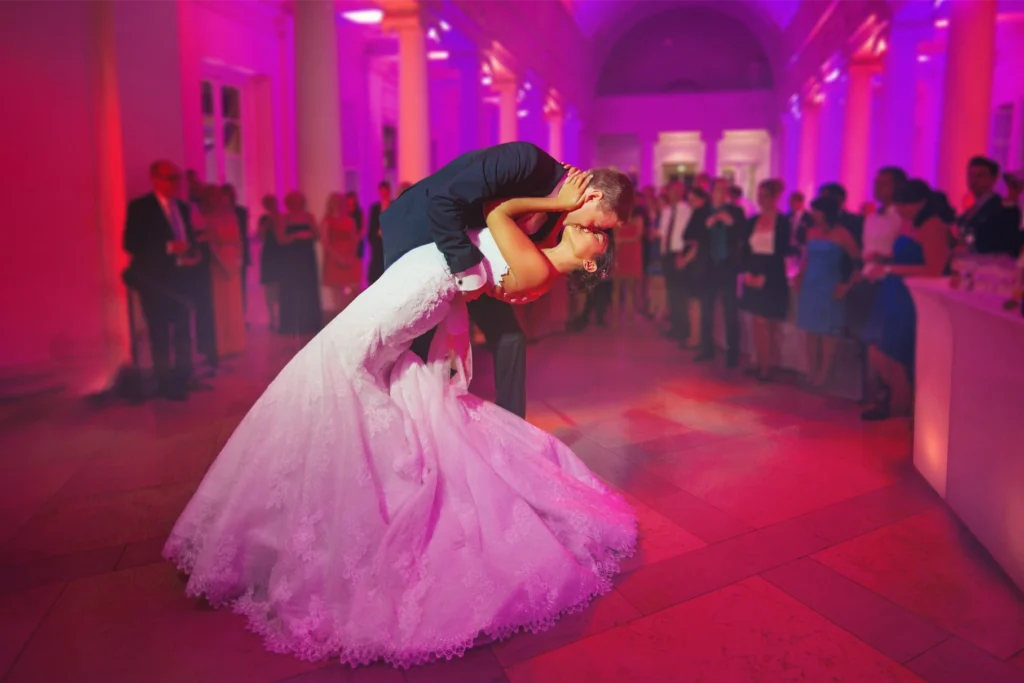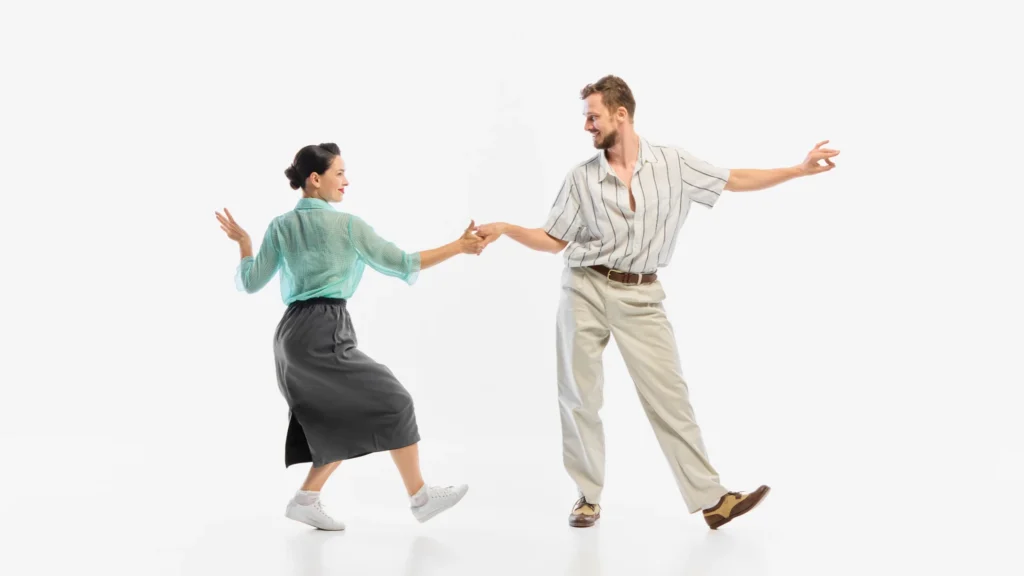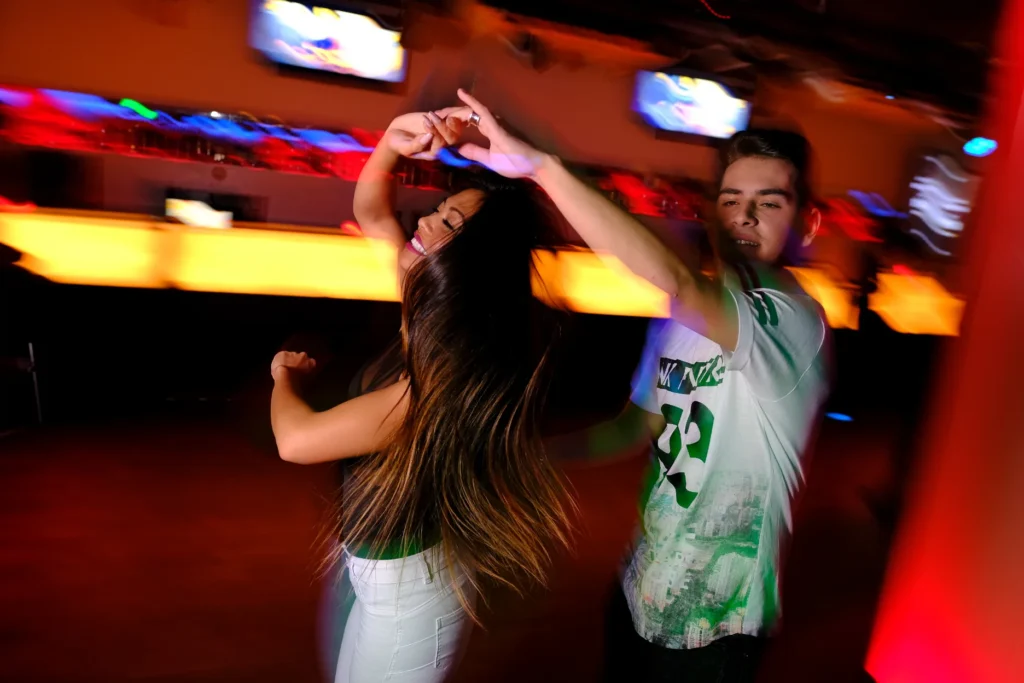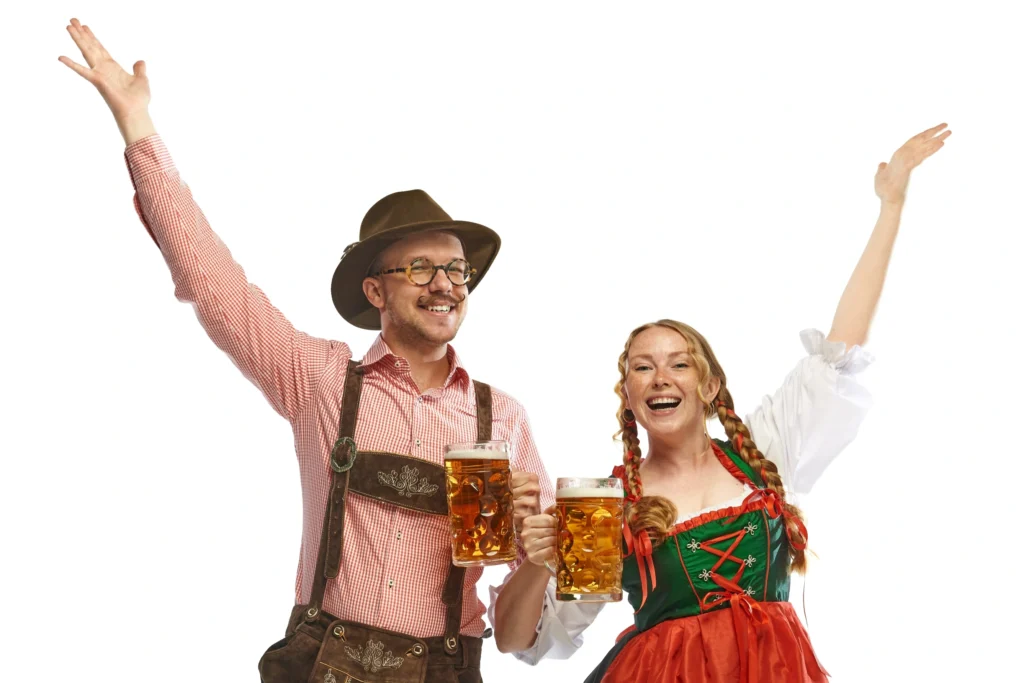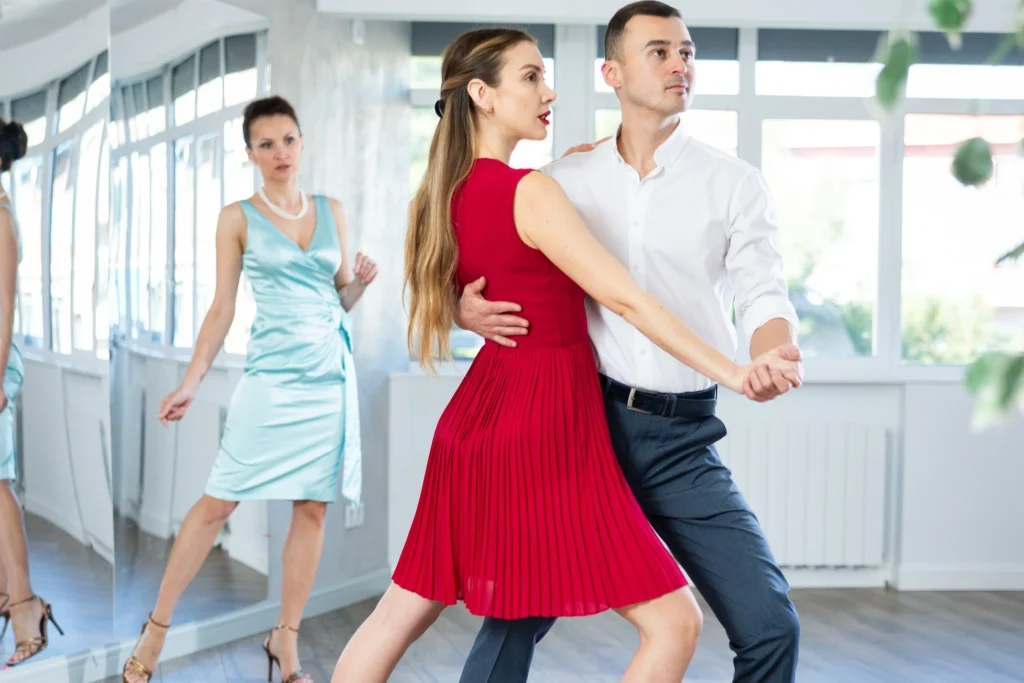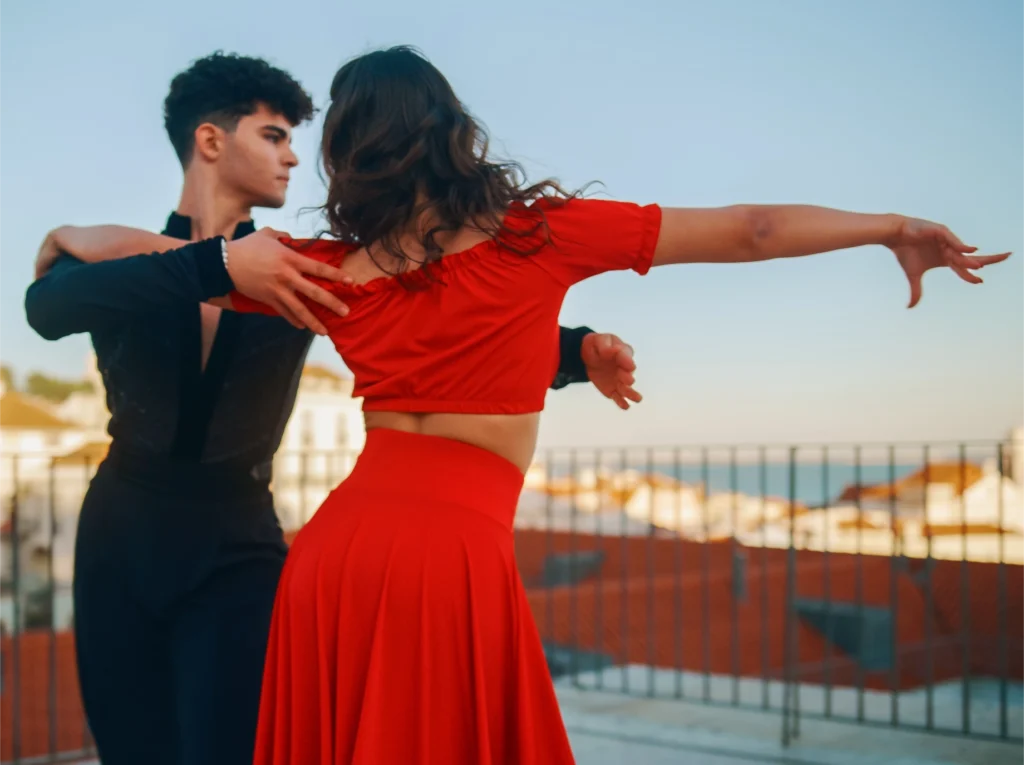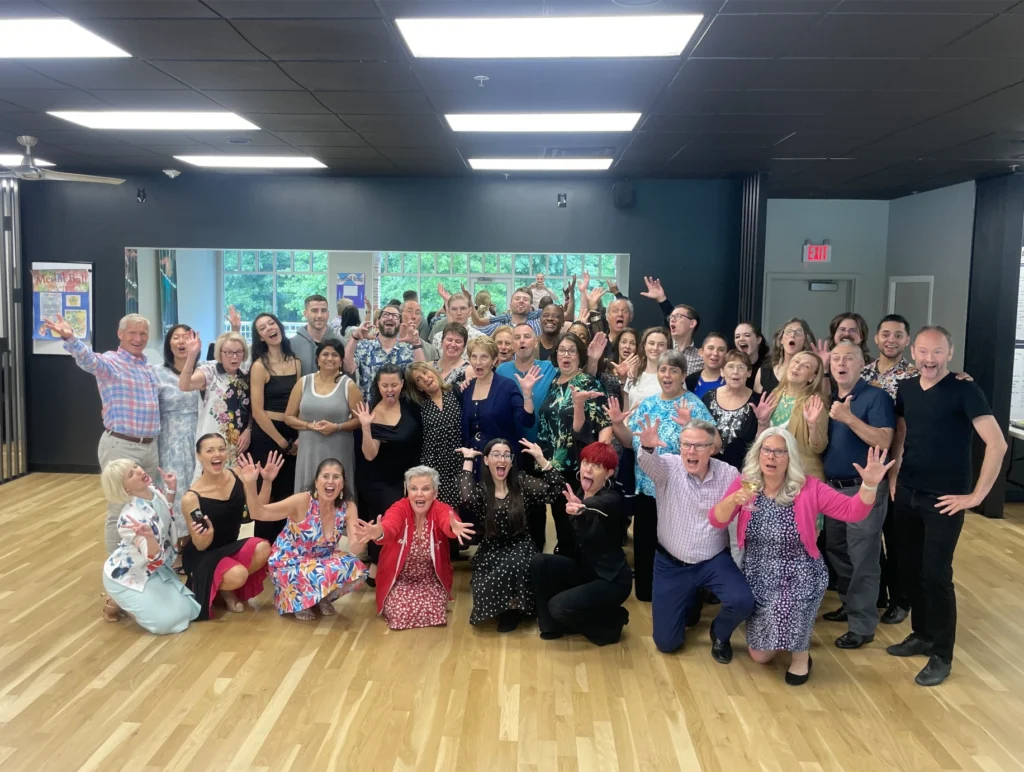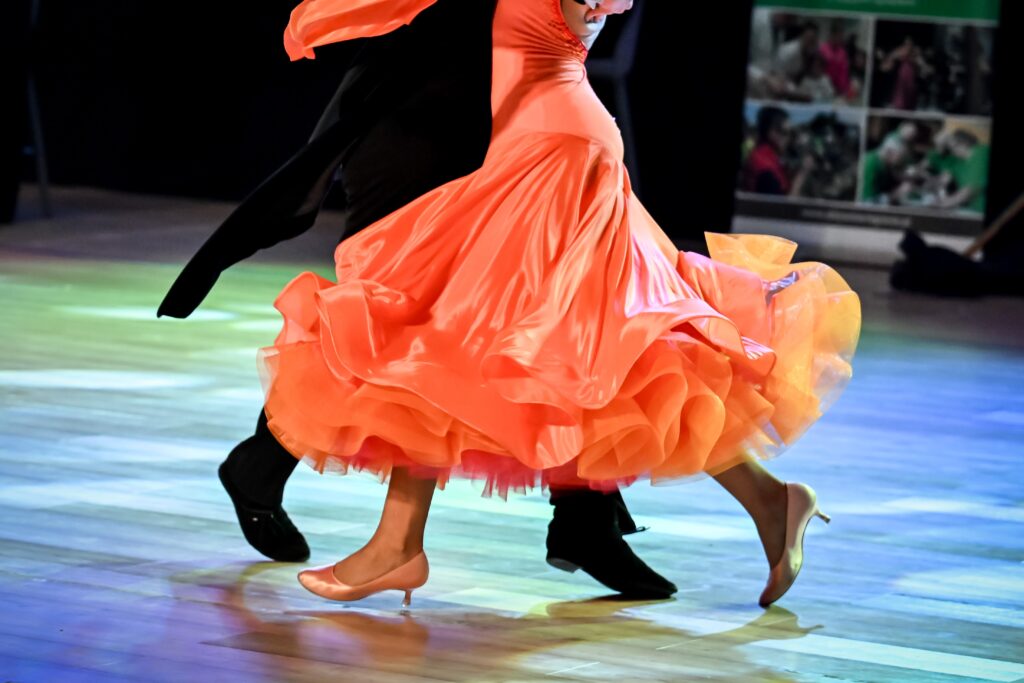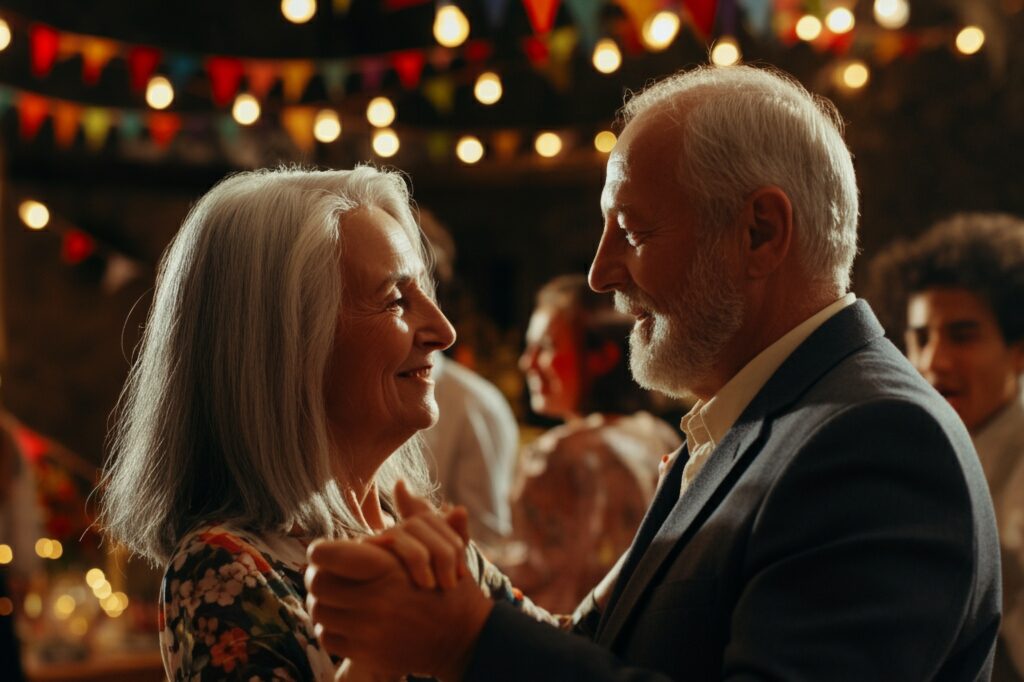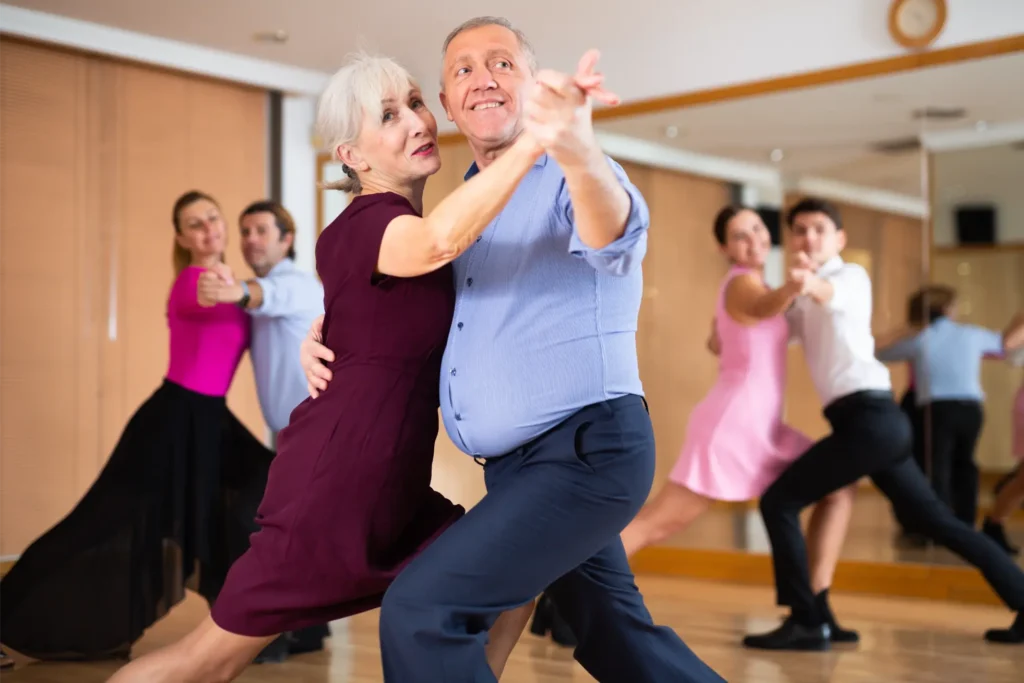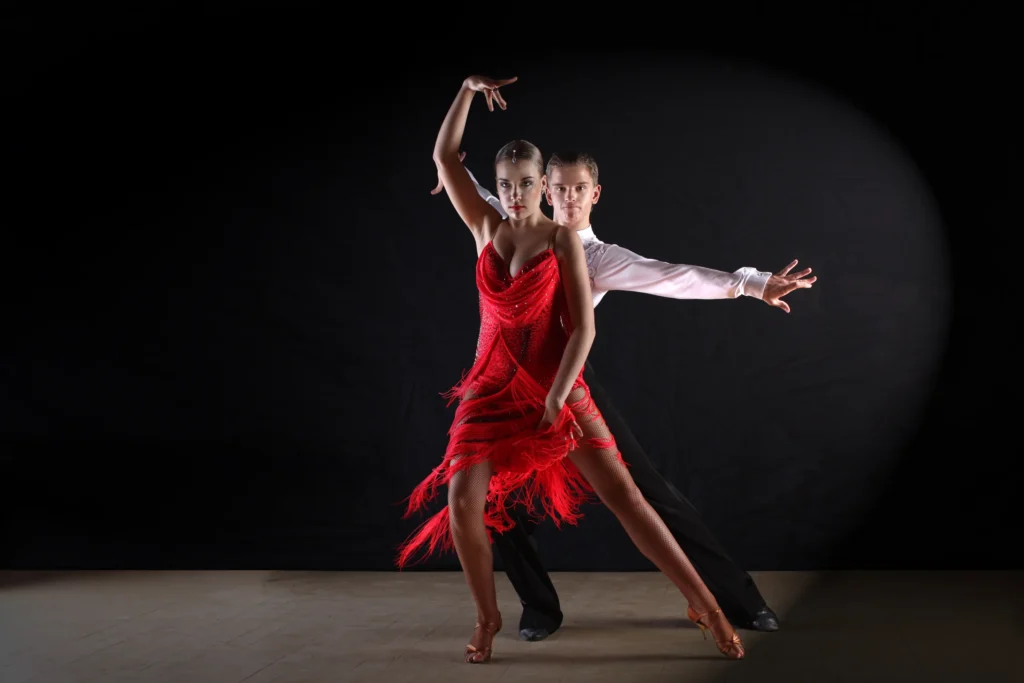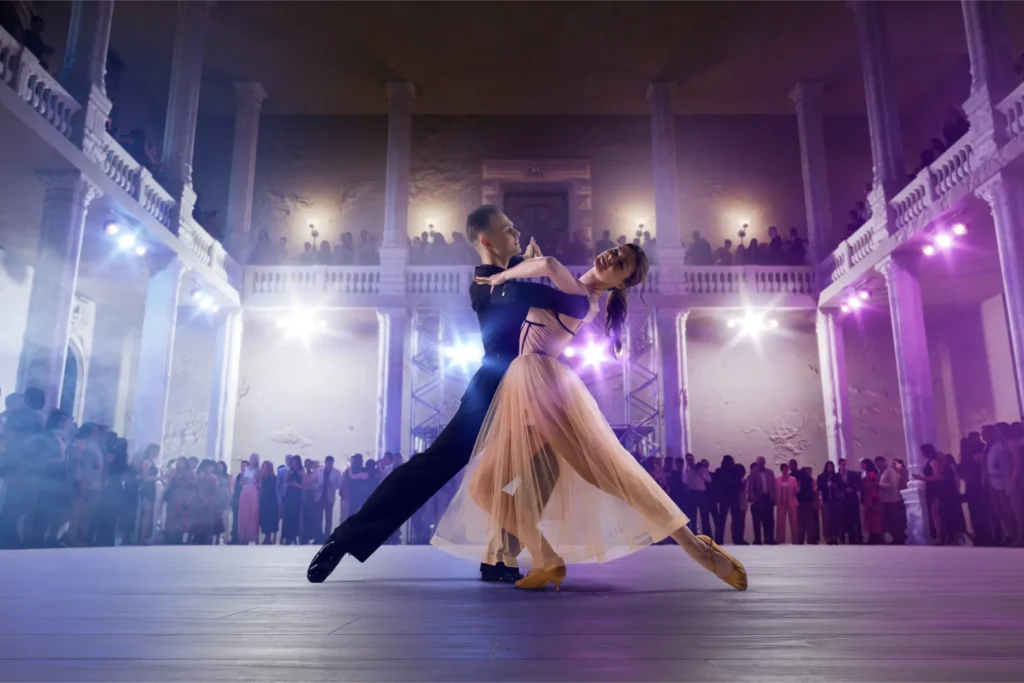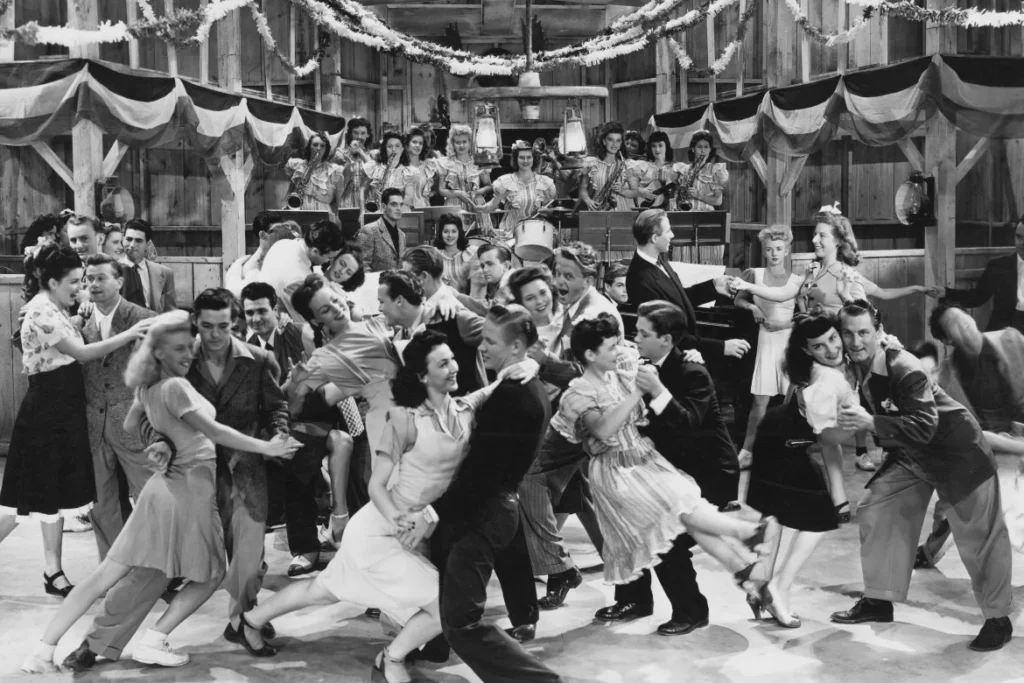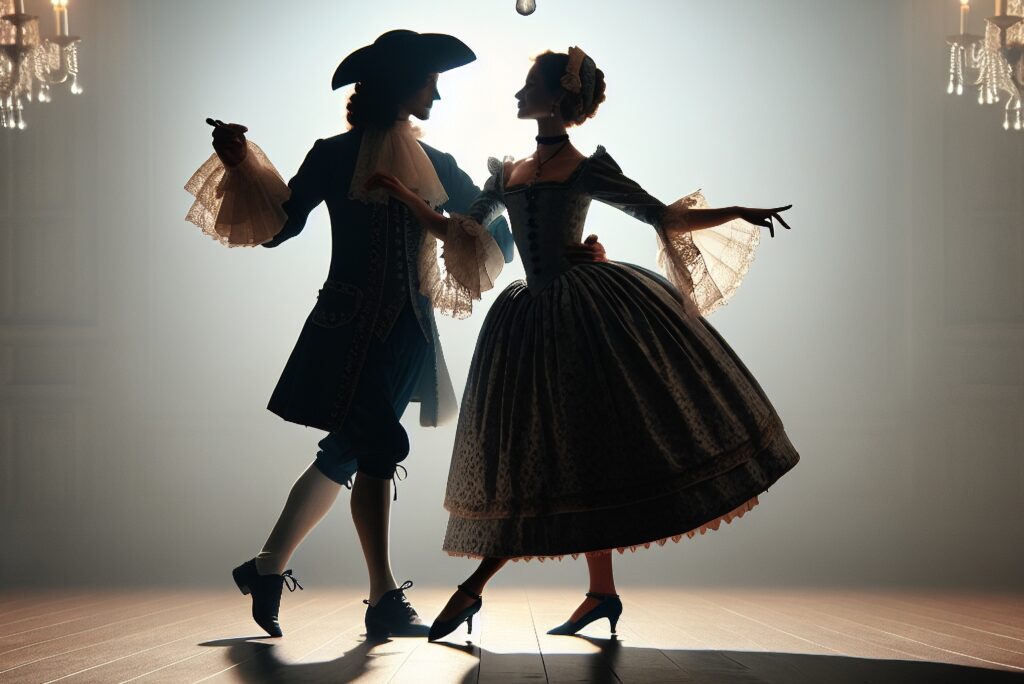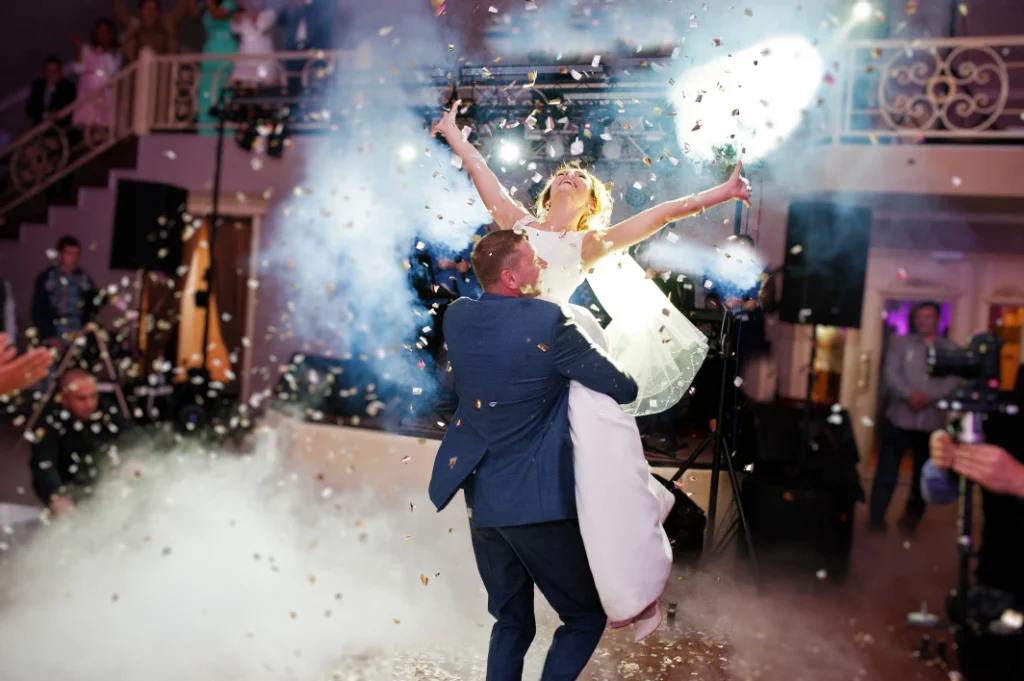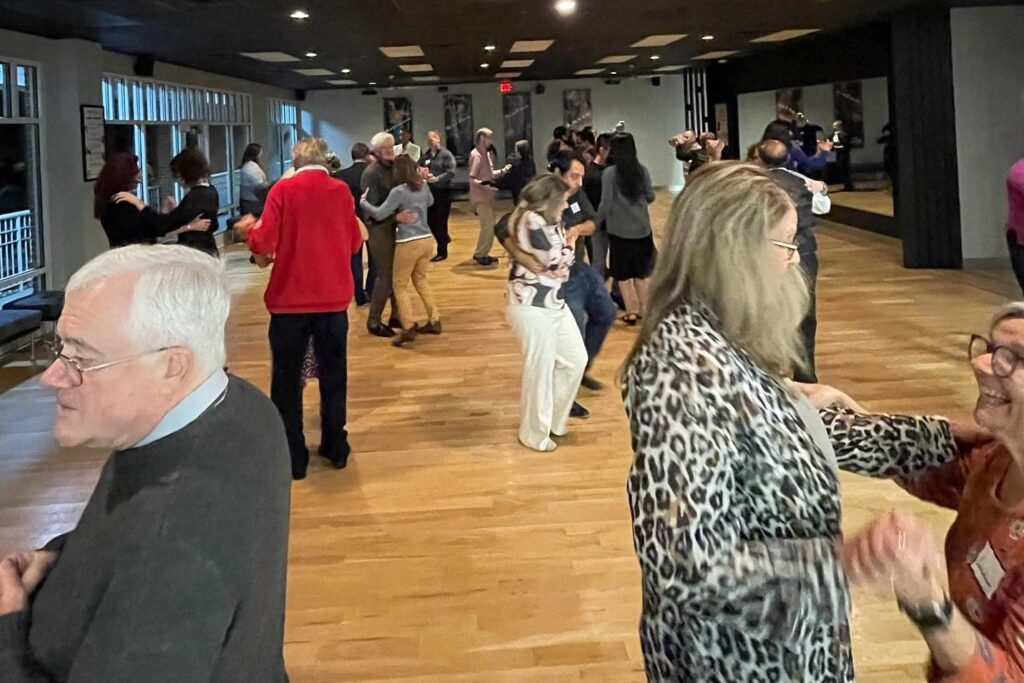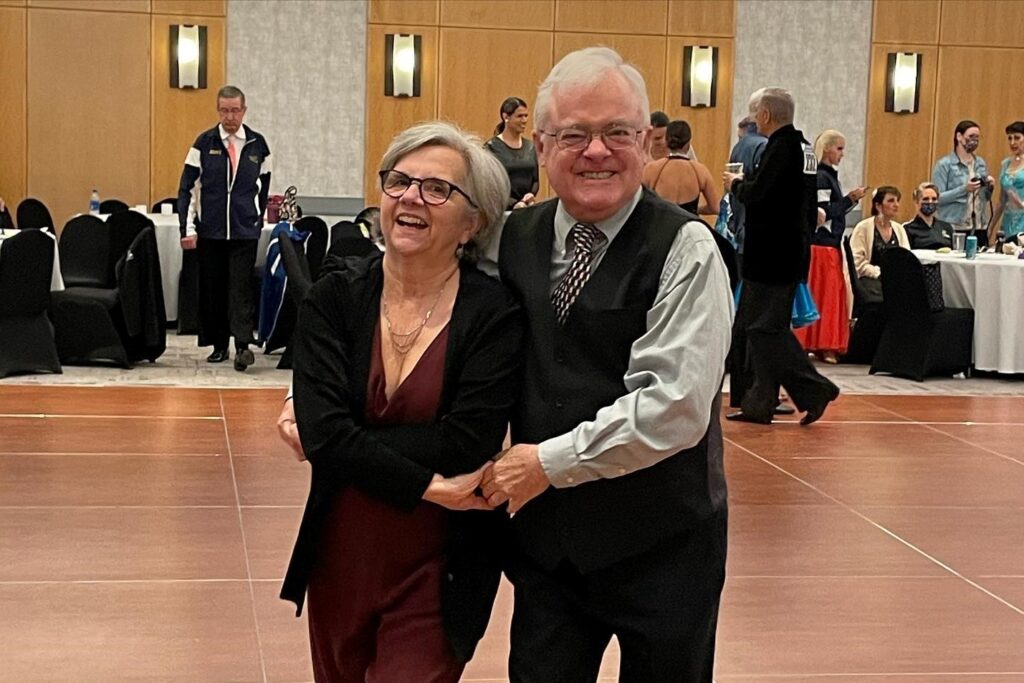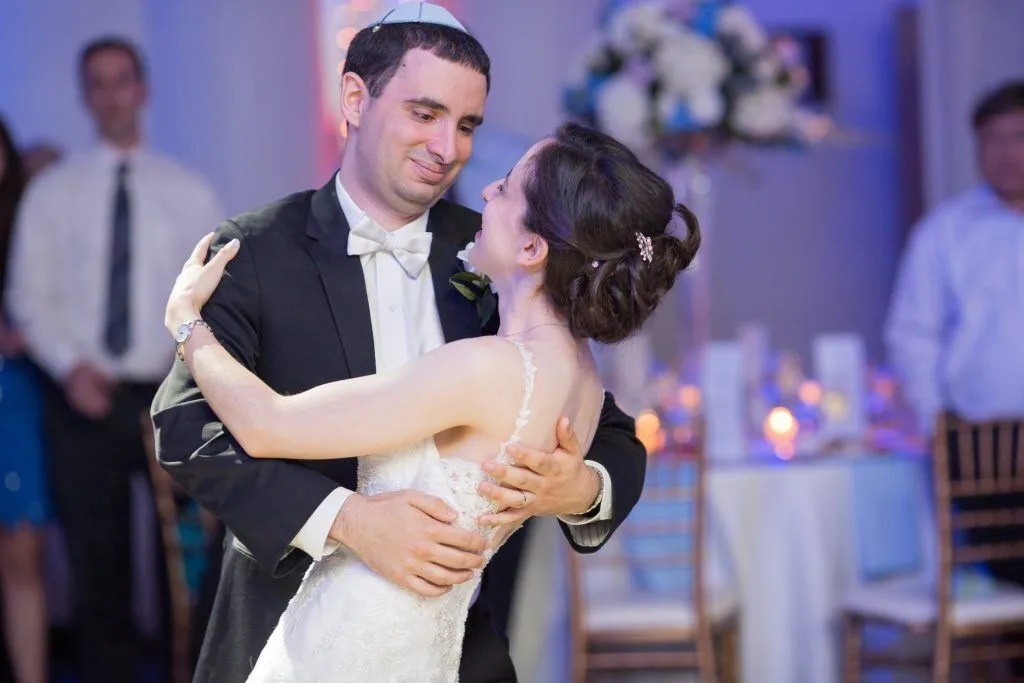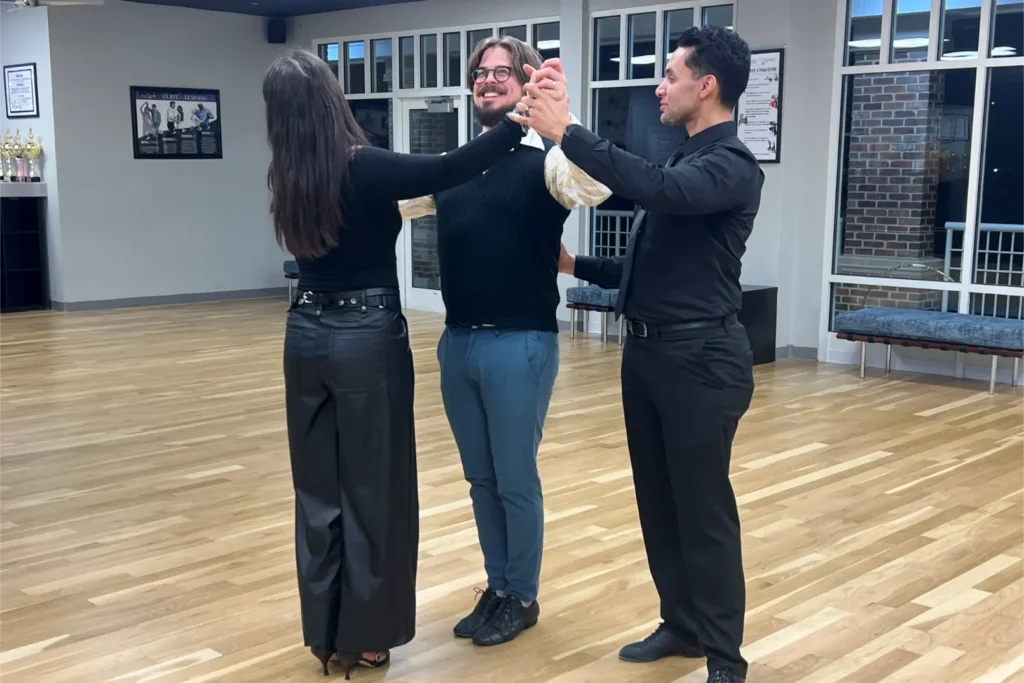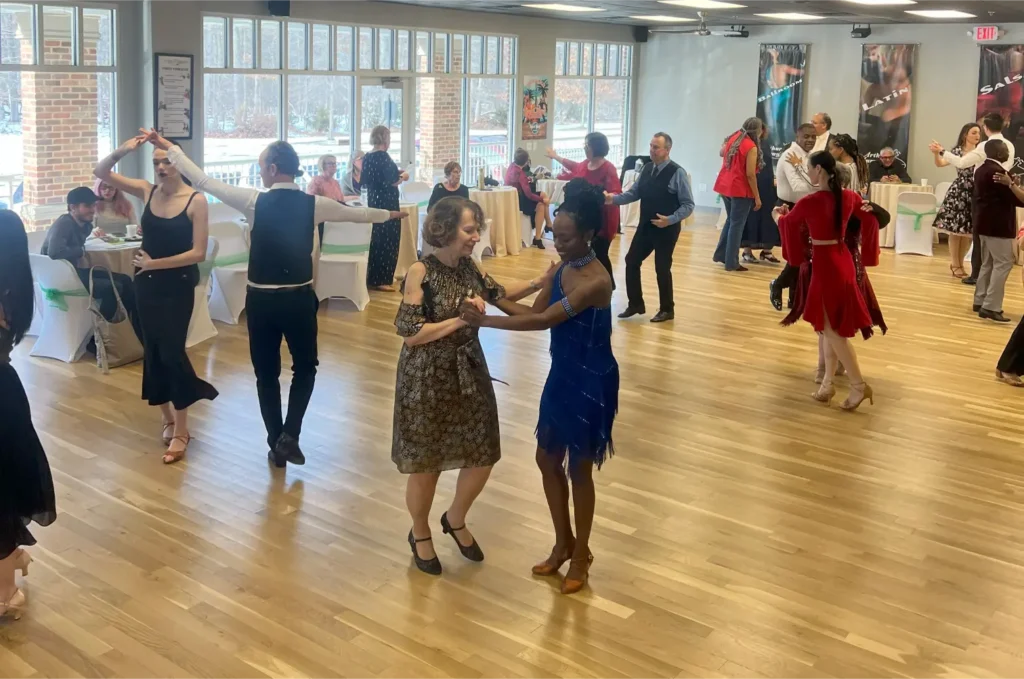The Hustle dance became a cultural touchstone during the 1970s, embodying the energy and freedom of an era marked by fashion and music revolutions. Amid the vibrant discotheques, the infectious rhythms of funk and disco, and the flashing lights, a new dance emerged that captured the spirit of the times: the Hustle. This dance wasn’t just about a series of steps; it was a vibrant expression of joy and community that resonated with people across the world. But what is the Hustle exactly, and how did it spread to become a defining movement in the history of dance? Let’s take a deep dive into the origins, evolution, and lasting legacy of this iconic dance form.
A Dance of the 70s
The Hustle dance in the 70s was intrinsically tied to the emergence of disco music, especially in the thriving and diverse community of New York City. As disco music started to dominate nightclubs, dancers sought new ways to express their excitement and connection to the rhythms. Unlike earlier, more structured partner dances, disco encouraged free-flowing, individual expression. Yet, there was still a desire for partners to move together in a connected, yet dynamic, style. And thus, hustle dancing was born.
The Origins of the Hustle
The exact birthplace of the Hustle dance is a subject of debate, with different areas in New York City laying claim to its origins. However, many point to the Bronx and Latin communities, where early forms of the dance were developing under the names “Latin Hustle” or “Spanish Hustle.” These early versions of the Hustle incorporated fast turns, intricate patterns, and a strong lead-follow relationship. Over time, the dance spread through underground clubs, becoming a symbol of both personal freedom and a sense of collective joy.
The First Known Dance Moves
The first major mentions of the Hustle dance can be traced back to the 1970s, particularly within the high-energy clubs of New York City. Iconic venues like Studio 54 played a huge role in the dance’s rise, where the Hustle reached its peak. Initially, the dance had a strong Latin influence, borrowing steps from mambo and cha-cha. However, as disco music began to take over, the hustle evolved. By the mid-1970s, the familiar “step-step-together” pattern solidified, paving the way for the hustle to become a cultural icon.
The Evolution of Hustle Dancing
The Hustle dance of the 70s wasn’t born in a vacuum; it drew influences from a wide variety of styles. Latin dances like mambo and salsa, alongside the intricate footwork of swing and soul, all played a part in shaping the Hustle. This fusion of styles combined with the powerful energy of disco music created the Hustle’s signature character: a dance that was both connected and expressive, structured yet fluid. Over time, dancers added their own improvisations, which led to the creation of several different forms of the dance.
From Underground to Mainstream: The Rise of Hustle Dance in the 70s
By the mid-1970s, the Hustle dance exploded in popularity. It’s spread from underground clubs to mainstream culture, marking a significant shift in how people experience music and movement. The rise of disco music, dance competitions, and the influence of pop culture, particularly films like Saturday Night Fever, helped elevate the Hustle to global recognition.
Hustle Dance 70s Culture
The Hustle dance of the 70s quickly became synonymous with the glitz and glamour of the disco era. With colorful lights flashing and massive sound systems pounding in the background, discotheques became temples to the dance. Dancers found joy in its mix of structured partner work and improvisational style, which allowed people to be expressive while still staying connected with their partners.
The Impact of Saturday Night Fever
One of the most significant moments in the history of Hustle dancing was the release of Saturday Night Fever. The film, featuring John Travolta’s iconic performance, showcased the Hustle dance to millions, turning it into a worldwide phenomenon. While Saturday Night Fever mainly highlighted a simpler version of the Hustle known as the “New York Hustle,” it helped solidify the dance’s place in popular culture. The movie was a cultural milestone, and it inspired a new generation of dancers eager to learn the moves they saw on the screen.
Hustle Dance Lessons Take Off
As the Hustle’s popularity soared, dance studios began offering Hustle dance lessons for all skill levels. These lessons ranged from beginner-friendly classes that taught basic steps to advanced sessions where students could learn intricate spins and partner patterns. The availability of these lessons made the Hustle accessible to anyone who wanted to be a part of the dance craze, furthering its reach and appeal.
Understanding the Different Styles of Hustle
The Hustle dance is not just one uniform style but rather a family of dances with different variations. These different forms emerged over time and became associated with specific regions and influences. Understanding these variations is crucial to appreciating the dance’s full legacy.
Latin Hustle vs. New York Hustle
The “Latin Hustle” or “Spanish Hustle” is one of the most intricate forms of the dance. This early version was characterized by complex footwork, hand changes, and a close partner connection. It often combined mambo and salsa with quick tempo changes, making it a favorite among experienced dancers. On the other hand, the New York Hustle, which gained wider popularity, was simpler, more accessible, and focused on individual movement within a partner structure. This variation was made famous by Saturday Night Fever and was often danced in lines, making it easier to learn and execute in larger spaces.
The West Coast Hustle
The West Coast Hustle, also known as Modern Hustle, emerged later and incorporated elements of West Coast Swing and other partner dance styles. This form of the Hustle is characterized by its smooth, slotted movement and a relaxed frame. It emphasizes musicality and improvisation, allowing dancers to freely express themselves while maintaining the core elements of the Hustle. The West Coast Hustle continues to evolve and remains a popular choice for dancers today.
The Enduring Legacy of the Hustle
While the Hustle dance of the 70s may have faded from the spotlight of the disco era, its legacy is far from over. Today, the Hustle remains a vibrant and living dance form, enjoyed by dancers around the world. Modern communities, dance studios, and social events keep the spirit of the Hustle alive, continuing to introduce new generations to this electrifying partner dance.
The Hustle’s Influence on Other Dance Forms
The Hustle dance not only survived but also influenced other partner dances that followed. Its emphasis on lead-follow dynamics, spins, and connected movements left an imprint on later styles of social dance. The Hustle bridged the gap between the formal ballroom styles of the past and the more free-flowing, expressive dances that characterize modern social dancing.
The Lasting Impact of the Hustle Dance: A Timeless Groove
The Hustle dance, born in the electrifying world of 1970s disco, has proven to be far more than a passing trend. From its roots in the Latin and disco communities of New York City to its mainstream popularity, the Hustle remains one of the most beloved and enduring dances of all time. Whether you’re interested in Hustle dance lessons to learn the basics or simply want to understand how Hustle dance shaped modern partner dancing, its energy and appeal continue to captivate people around the globe.
FAQs
Where did the Hustle dance originate?
The Hustle dance originated in New York City in the early 1970s, particularly within Latin and disco communities.
Is the Hustle still danced today?
Yes, the Hustle dance is still very much alive and danced today, with active communities and classes in many cities.
What is the main difference between Latin Hustle and New York Hustle?
Latin Hustle features intricate footwork, hand changes, and close partner work, while New York Hustle is a simpler, more open line dance popularized by Saturday Night Fever.
What kind of music is the Hustle danced to?
While traditionally danced to disco music, the Hustle dance has evolved and is now danced to a variety of music genres, including R&B, pop, and electronic dance music.
Can beginners learn the Hustle?
Absolutely! Many dance studios offer beginner-friendly Hustle dance lessons, making it accessible for newcomers to learn the basic steps and enjoy the rhythm of the dance.


